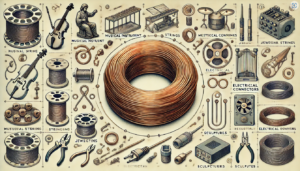What you need to know about: Pure Copper Wire
This guide is part of our ongoing series to outline everything that you need to know about our products. We hope that you find it helpful and that it answers any questions that you may have.
Contact Us if you require any assistance with any queries that you may have.
Here it goes…..
What Is Pure Copper Wire?
Pure copper wire is a type of electrical conductor that is made entirely of copper, with no other metals or alloys added. It is known for its excellent electrical conductivity and corrosion resistance. Pure copper wire is commonly used in electrical applications where high conductivity and low resistance are important factors, such as in power transmission and distribution, building wiring, and electronic circuits. Additionally, pure copper wire is also used in the manufacturing of motors, generators, and transformers.
What is your copper wire made for?
Well ours is produced to make the top-quality wire mesh stock by our sister business The Mesh Company.
Copper wire is commonly used for woven mesh applications due to its excellent electrical conductivity and corrosion resistance. Copper wire mesh is used in a variety of industries, including construction, mining, and chemical processing. Woven copper mesh can be used for a variety of purposes, such as:
- EMI/RFI shielding: It is used to shield electronic equipment from electromagnetic interference (EMI) and radio-frequency interference (RFI).
- Filtration: It can be used as a filter in various applications such as water filtration, air filtration, and gas filtration.
- Strainers: It can be used as a strainer to remove unwanted particles from liquids and gases.
- Insect screen: It can be used as an insect screen for windows and doors.
- Decorative: It can be used as a decorative element in architecture and interior design.
This wire mesh is typically made by weaving copper wire into a mesh pattern. The wire can be of different thicknesses and can be woven in different patterns to suit the specific application. Copper wire mesh is also available in different forms, such as rolls or cut-to-size panels. It can be finished with different treatments to improve its resistance to corrosion.
How is it made?
Copper wires are made through a process called drawing. This involves reducing the diameter of a copper rod by pulling it through a series of dies, or metal plates with small holes, of decreasing size. The process of drawing copper wire can be divided into several stages:
- Ingot casting: Copper is melted and poured into molds to form ingots, which are large blocks of copper.
- Hot rolling: The ingots are heated and then passed through large rollers, which flatten them into large sheets of copper called billets.
- Cold rolling: The billets are then passed through smaller rollers to reduce their thickness and increase their length. This process is called cold rolling.
- Annealing: The cold-rolled copper is then heated to a high temperature and cooled in a controlled manner to soften it and make it easier to draw.
- Drawing: The copper is then pulled through a series of dies of decreasing size to reduce its diameter and increase its length. This process is called drawing.
- Stranding: After drawing, the copper wire can be stranded, which means to be twisted together multiple wires to form a single wire.
- Insulation: After stranding or just drawing, the wire can be insulated, which is the process of applying a coating or jacket to the wire to protect it from electrical or physical damage.
During the process, the wire will be cleaned, lubricated and checked for quality. The wire can be drawn in different gauges depending on the final application, and can be alloyed with other metals to improve its properties if needed.
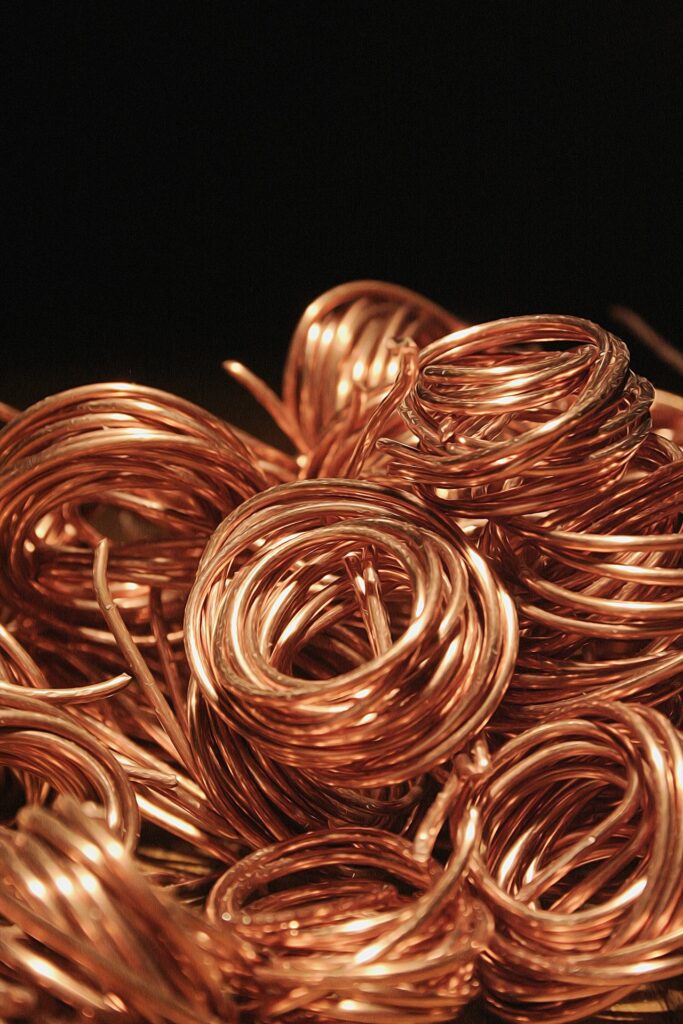
But how pure is it?
The purity of copper wire can vary depending on the application and the manufacturer. Generally speaking, copper wire for electrical applications is at least 99.95% pure. This level of purity is considered to be “high conductivity” copper and is suitable for most electrical applications.
However, for specialized applications that require even higher levels of conductivity, such as in the aerospace and semiconductor industries, copper wire can be 99.99% pure or even higher.
This level of purity is known as “oxygen-free” or “OFHC” (oxygen-free high conductivity) copper, and it is produced by a specific manufacturing process which eliminates the presence of impurities, mainly oxygen, that can affect the electrical conductivity.
Is copper wire heat resistant?
Copper wires, whether they’re pure or not, has a relatively high melting point (1083.4 °C or 1981.12 °F) and is relatively heat resistant. However, its resistance to heat depends on the application and how it is used. For example, when used in electrical applications, copper wire is generally not exposed to high temperatures and therefore heat resistance is not a major concern.
However, when used in high temperature applications, such as in furnace wiring or in high-temperature industrial processes, copper wires may be coated or insulated to improve its heat resistance. Additionally, copper wire in high temperature applications may also be alloyed with other metals to improve its heat resistance.
It’s important to note that prolonged exposure to high temperatures can cause copper wires to degrade over time, and can affect its electrical conductivity.
How do I clean copper wire oxidisation?
Copper wire can become oxidized over time, which can affect its electrical conductivity and appearance. To clean copper wire that has become oxidized, there are several methods that can be used:
- Lemon Juice and Salt: Mix equal parts lemon juice and salt to form a paste. Apply the paste to the copper wire and let it sit for a few minutes. Then, use a soft-bristled brush to scrub the wire and remove the oxidation. Rinse the wire with water and dry it.
- White Vinegar and Baking Soda: Mix equal parts white vinegar and baking soda to form a paste. Apply the paste to the copper wire and let it sit for a few minutes. Then, use a soft-bristled brush to scrub the wire and remove the oxidation. Rinse the wire with water and dry it.
- Ketchup: Apply a small amount of ketchup to the copper wire and let it sit for a few minutes. Then, use a soft-bristled brush to scrub the wire and remove the oxidation. Rinse the wire with water and dry it.
- Commercial Copper Cleaners: There are commercial copper cleaners available that can be used to remove oxidation from copper wire. These cleaners typically contain acid or abrasive agents that remove oxidation. Always follow the instructions on the cleaner and use safety precautions when handling it.
It’s important to note that, if the wire is going to be used in an electrical application, it’s better to use methods 1 or 2. This is because the others could leave a residue that may affect the electrical conductivity. Also, it’s important to use the appropriate safety precautions when handling cleaning chemicals, and to avoid using abrasive materials that can scratch the surface of the wire.
Thank you for taking the time to read this guide. We hope that the information above helped you in the search for the right product for your project.
If you are interesting in learning more about wires, check out our blog on Everything You Need To Know About Wires or our other blog on the benefits of using Nichrome Wire.
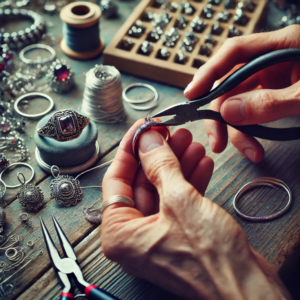
DIY Silver Wire for Jewelry Making: Easy Projects to Try at Home
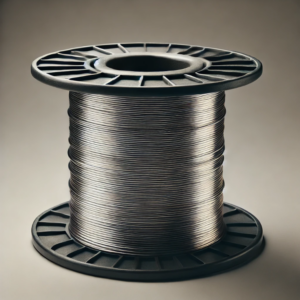
Exploring the Versatility of Sterling Silver Wire
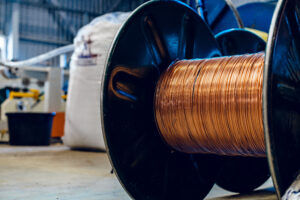
How Tinned Copper Wire Enhances Electrical Conductivity
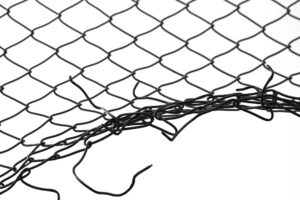
Creative DIY Projects Using Black Wire: Inspiration and Ideas
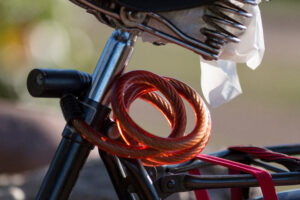
Unlocking the Secrets of Lockwire: A Comprehensive Overview
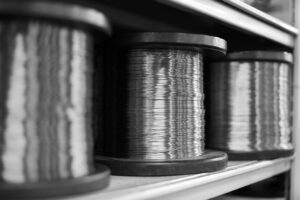
Fine Wire Applications in Modern Technology

The Ultimate Guide to Getting Started with Model Wire
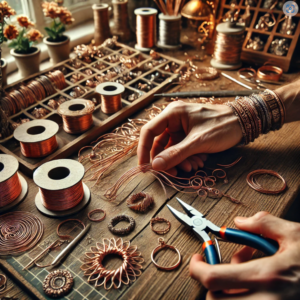
DIY Copper Wire Crafts: Easy Projects for Kids and Adults
